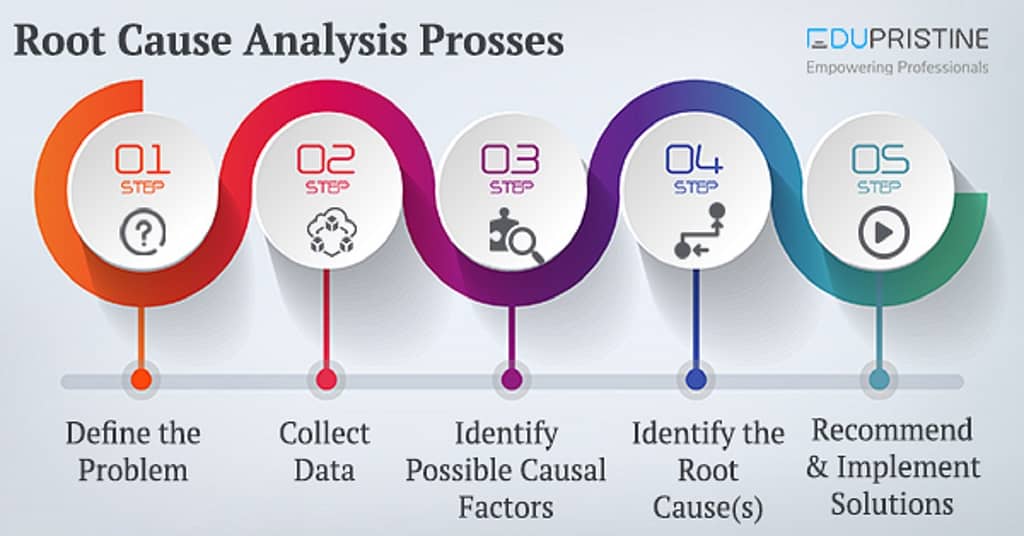Root Cause Analysis is basically the method of finding out what actually happened and identifying the root cause for a problem. Once found, a root cause analysis is then used to find and resolve future problems associated with the same event. Generally, root-cause analysis services are offered as part of an integrated home or small-to-medium business automation system, designed to make businesses more productive. Many companies are now offering root-cause analysis services that include automated testing of software code and infrastructure. These services allow businesses to quickly identify issues in their software and systems without having to spend time and money on manual research.
The first thing companies should look at when conducting a root cause analysis is their budget for software development, testing, and monitoring. Since most modern businesses now use software to automate their operations, this expense can quickly become overwhelming. Therefore, companies need to determine their required budget for each piece of functionality and then divide it amongst the different functional departments to ensure that each department receives the necessary funding to execute its functions effectively.
Once a budget has been established, the next step is to create a list of potential root causes. The first step is to analyze each functional function individually to identify what factors make each function important to the organization. For example, in a manufacturing organization, each piece of equipment affects the production process and must be carefully considered when designing a manufacturing process map or an operations order. Some potential root causes include the following:
The next step is to investigate and isolate any asset incidents during the analysis process. It is common for asset management procedures to include a formal risk assessment process. This type of risk assessment is typically executed by a special team that has both operational and IT experience. Special teams are also often designated as incident responders to ensure all areas of the organization receive adequate resources to mitigate potential asset incidents. A common example of an asset management risk would be a manufacturing defect that results in bad equipment sales.
How can I Find a Website that Provides Affordable Home Tuition for My Child?
Once all potential root cause areas have been identified, the next step is to find a reliable and reputable provider of root cause analysis. Root cause mapping provides a detailed picture of the internal processes and systems of an organization. A provider will perform an initial assessment of the problem areas. They will then develop an outsourcing bid based on their assessment. Outsourcing bids are generally executed by experienced consultants who are experienced in identifying root cause problems.
If outsourcing is not feasible, a company should engage in a face-to-face meeting with key stakeholders. In-person meetings may provide valuable information on organizational dysfunction, processes, and asset management procedures that can impact an organization’s bottom line. Additionally, in-person meetings can provide opportunities for problem identification and resolution. The goal of root cause analysis is to reduce the financial cost while improving internal procedures and systems, ultimately increasing profitability.



